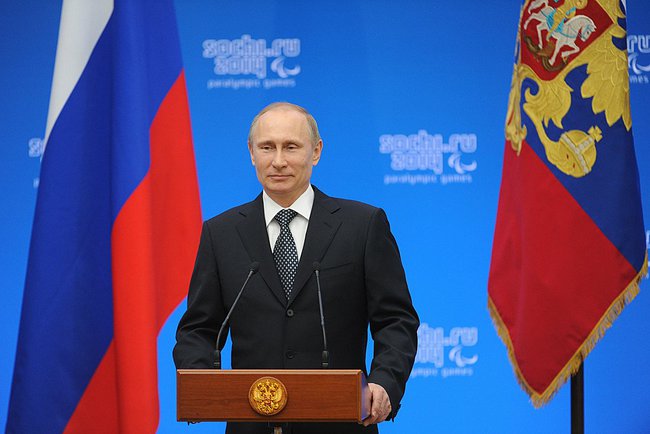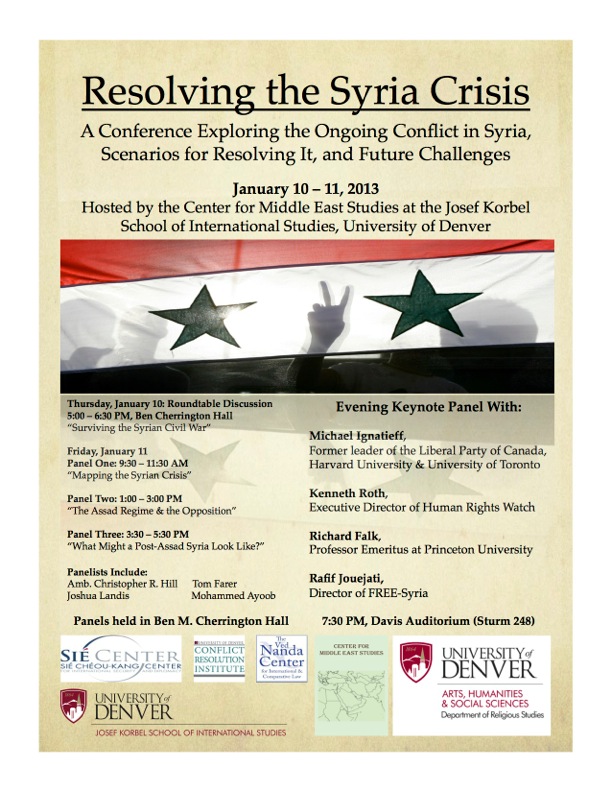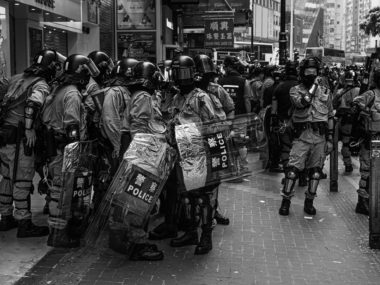
Maybe Vladimir Putin is onto something. Last week he boldly claimed to a cheering throng of Kremlin supporters, “I cannot remember a single act of intervention without one single shot being fired.” That was before a Ukrainian soldier was gunned down outside Simferopol, but his larger point stands: Are bloodless interventions and annexations a new norm? Russia’s incursion into Ukraine’s Crimean peninsula drew worldwide outrage – even China abstained rather than veto a UNSC resolution condemning the incursion – but the intervention may be setting a dubious precedent of sorts. True, the seizure and occupation of territory by force, as many Western policymakers have put it, has an anachronistic 19th century ring to it. Consider that military occupations through the use or threat of force (see Figure 1 below), which peaked in the early 1900s (sorry Kerry, not the 1800s), are increasingly rare events.
Note: All data is from the Correlates of War (COW) Project’s Militarized Interstate Disputes (MID3) v.2 (2004).
Since the fall of the Soviet Union, according to Boaz Atzili, “no state has acquired territory through force.” (Iraq was thwarted in 1990, and Russia arguably tried to in 2008) Yet, in a world of haphazardly drawn borders that crisscross multiple ethnic groups, there are “Crimeas” scattered throughout the world. The threat of war, or even sanctions, is not what stops countries from annexing its various rump states but rather the powerful international norm against annexation and occupation.
Countries are increasingly relying on threats or displays of force, which include threats of sanctions, troop mobilizations, and border fortifications (see Figures 2 & 3).
But the actual sending in of the artillery and tanks has an old fashioned feel to it, perhaps because as John Mueller has suggested, war is no longer palatable to war-weary publics. Or because in a modern age of globalization, where the economy of tiny Italy can rival that of a Russia spanning 10 time zones, territorial conquest no longer pays.
But if those threats become increasingly toothless, what does that mean for future uses of force? It’s not that the use of force is no longer used (see Figure 4), just not in ways that effectively deter aggression like the one we witnessed in Crimea.
Figure 4
Consider that in one weekend alone, Israel and Turkey both carried out retaliatory cross-border strikes against Syrian forces, while Obama sent in more US forces to hunt for the elusive Joseph Kony. So we should not be shocked by violations of sovereignty on their face. Interventions have become commonplace in today’s world, something that should give policymakers pause. Yet at least for now, occupation and annexation is still considered thuggish behavior, as evidenced by the backlash Russia is facing (despite the flabby punishment meted out by the Europeans).
But that could change. If states reckon that the threat of military force is no longer really a serious threat or deterrent to annexation, or maybe they are impervious to financial sanctions slapped on lawmakers or businessmen, then we can imagine a world whereby states hold phony referenda or manufacture local crises to provide moral justifications to invade and protect their compatriots under dubious “responsibility to protect” (R2P) mantles (as Russia has now done twice – first in South Ossetia in 2008 and now in Crimea). What’s most interesting about this new international order is how the world’s rogue states and flouters of international legal norms are deploying the language of the human rights community with gusto to achieve their revisionist ends (not unlike how states like Russia, the Philippines, and Sri Lanka employed George Bush’s post-9/11 talking points on counterterrorism to justify human rights abuses in the context of fighting separatists). “The language of sovereign responsibility,” as legal theorist Theresa Reinold put it, “is increasingly being exported from the human rights field to counterterrorism operations, where it provides the intervening states with a powerful vocabulary to press for forceful action against ‘irresponsible’ sovereigns.”
Not just norms and rhetoric but also technology will change future uses of force. Drones are not very good at seizing and occupying territory. But we can imagine that cyber technology and unmanned aerial vehicles (UAVs) will change cost-benefit decisions to use force and/or seize territory. Interestingly, in the early 1900s the U.S. rationale for invading Mexico was one of “punishment” for raids carried out by our erstwhile ally Pancho Villa. In the late 1970s, there were a number of interventions carried out by states like India, Vietnam and Tanzania ostensibly for humanitarian purposes, even though the interveners invoked “self defense” to justify their incursions. Humanitarianism had its heyday in the post-Cold War milieu of the 1990s, when interventions in Haiti, the Balkans, and elsewhere raised hopes of a new international order that removed human rights abusers’ shield of sovereignty. But Iraq demolished that touchy-feely order.
Which brings us back to Russia. Putin was incorrect. Going back to the 1800s, there have been over a thousand forcible annexations of territory by countries with nary a shot fired, according to COW data. But with a White House wobbly and leaning realist, Western publics turning against the military use of force under any circumstances unless all the stars in the universe align (as they did in Libya in 2011) or unless the intervention is an unpronounceable part of Africa, a world awash in rump statelets ready and waiting to be plucked by larger powers, and offensive technologies like Stuxnet-like cyber attacks and Hellfire-equipped UAVs that reduce the cost of violating sovereignty, we can expect a messy world of more interventions, not less. Putin may have opened a dangerous normative can of worms.












7 comments
I believe that the soldiers in Uganda were sent there with the permission of the Ugandan government, though their real purpose is probably to further military ties with the nation than out of any expectation of actually finding Kony.
And based on events that occurred during the 1916-1917 incursion into Mexico as well as the background I don’t see a reason to think that the stated reason was any different from the actual reason, to pursue Villa for his attack on the New Mexico town of Columbus. The U.S. had already taken all the territory it would from Mexico seventy years prior and had decided to recognize the Carranza government.
to ignore the fact that the Ukraine is a COMPLETELY UNIQUE case is completely disingenuous. And anytime I hear what amounts to the “domino” analysis I turn a deaf ear – the one that should have been turned in the 60s to the Vietnam War rationalization!
A completely unique case? In what sense? And there’s considerable difference between the so-called “domino effect” which feared that Communist success in certain nations would embolden Communists in others and cause further successes from support in newly Communist nations (which had some point to it but completely missed the power of nationalism) and the current worry that between the precedent Russia has established and the lack of a definite force to stop aggression, we’ll see an era where states may cloak their actions in humanitarian phrasing to serve as simple land grabs and physically harming other nations for political differences.
I’d say that if the precedent set by Crimea is states can forcibly annex territory at low costs, that’s bad. If it’s states can forcibly annex territory at low costs if the invasion is largely bloodless, enjoys widespread sympathy among locals, and it controlled the area a quarter century ago, well there’s far less places that narrower precedent applies.